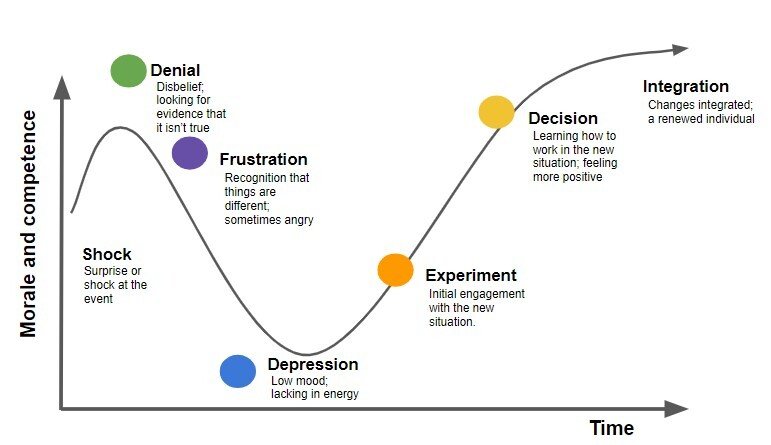Last year, when the COVID-19 pandemic forced us all into lockdown, we published a series of blogs about the world of work. We looked at the prospect of remote work, the pandemic’s effects on healthcare delivery, delivery/logistics and tech and IT. Now that we’re beginning 2021, we want to revisit this to explore what the next year might hold for us. In this blog series, we’re going to look at the future of work through the lens of two vital sectors that are highly impacted by the future of work – education and workforce.
This series will touch on:
- Remote Work – Remote work is here to stay. Organizations of all sorts had to jump into remote work and have found that it’s useful and productive.
- Changes and Lessons in Education – Education has changed drastically and we need to learn from it to keep students at all levels learning and growing.
- Workforce – The pandemic has exposed many old challenges and surfaced new challenges that we’d never considered.
Frankly, last year was tough. In 2020, 340 organizations declared bankruptcy, and these aren’t just small companies that failed. Guitar Center, a $1 billion company, filed for bankruptcy on November 21. Hertz car rental, Nieman Marcus, J Crew and J.C. Penney filed in May. GNC and 24 Hour Fitness went down in June. There were some themes with many organizations being in the retail, hospitality and entertainment industries. Still, it was very tough throughout many industries as even some companies in the Energy and Industrial sectors also went through bankruptcy.
One of the first things we looked at last year was the Kubler-Ross Change Curve. So, where are we on it now? As of this blog’s writing, many experts say that the rates of infection are “plummeting,” and even Dr. Fauci changed his projections to say that vaccines may be available to anyone who wants them by April instead of late summer. In terms of the Kubler-Ross curve, we’re somewhere between the Experiment and Decision point of the change curve. Organizations have implemented policies to deal with the pandemic’s spread, like taking a serious look at moving people into permanent remote work and making telehealth options increasingly available.

The pandemic exposed some severe education inequalities, such as a student’s socioeconomic status and race, predicting their access to quality education and inequities exacerbating the existing gender gap in education. Still, it does appear that the sector is responding and learning how to operate better for students and by exploring policies that will extend better access to broadband internet access and more equal access to quality learning programs.
Human fear reactions can cause people to shelter and avoid contact, but eventually, we’ll engage in some risk analysis and look for even more ways to get out and enjoy ourselves. And when we look at that, we can draw parallels between now and the 1918 flu pandemic. One of the lessons learned during that time in 1918 was that we needed electrical access by every person across the entire country. So, the United States launched electrification of the whole country. And we might even see something similar across the United States as we work to expand broadband and 5G access across the country. And, while we try to figure out how to go back out into the world and enjoy ourselves while we wait for the vaccines to create herd immunity, we’ll probably need to continue taking a variety of precautions for our own safety and that of our fellow citizens.
We have a lot to look forward to, and history demonstrates that as well. When the 1918 pandemic ended and the world started to come back after World War I, economic stability returned. People were finally able to come back into the world, and the Roaring ’20s exploded onto the scene. We may end up with our own Roaring 20’s to look forward to further into the decade, but it’s likely coming. So, get your dancing shoes ready because the future is coming.
